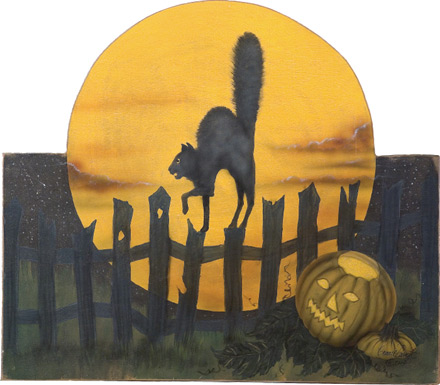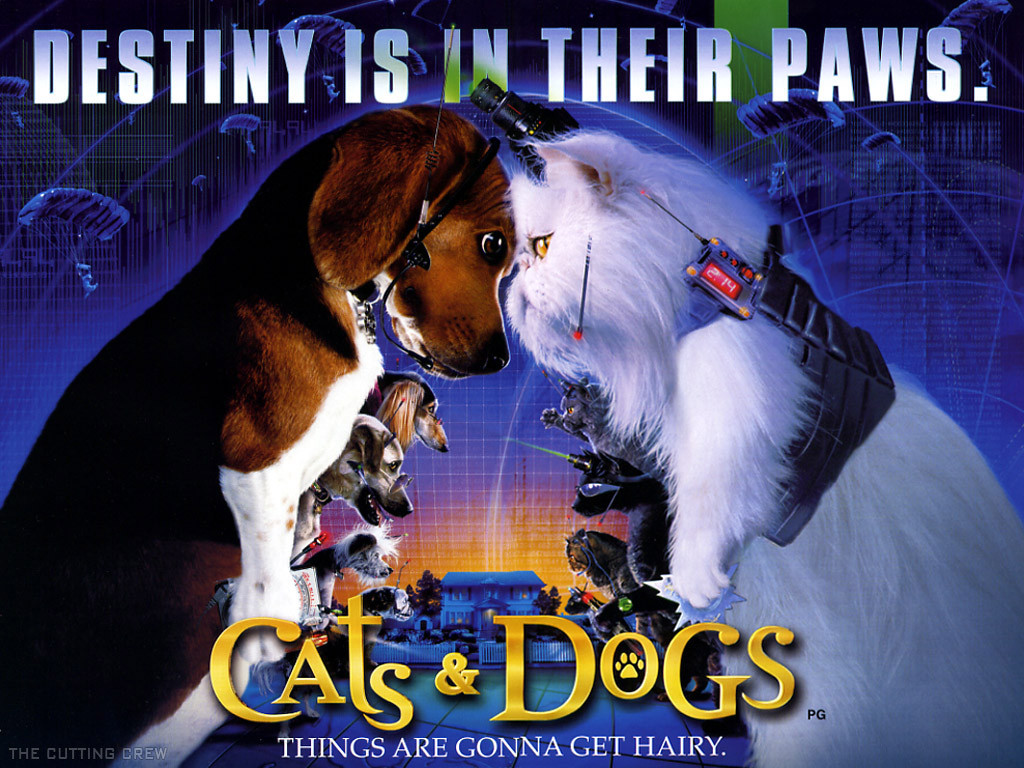Many people from Western cultures are particularly aroused by this topic, because the western culture places such a high value on cats as companion animals. To us, to think eat cat meat is often abominable and revolting because we see them as part of our own family. For those who do consume cat meat, it is completely normal and they see no difference between eating a cat and eating beef or chicken. Especially in the poorer parts of Asia, cats are seen as a valuable and abundant food source, not companion animals or family members. But it should be noted that even in cultures that eat cat meat, people still may have cats at home as companion animals.
There are those who are against eating cats (and dogs, for that matter) because they believe it is morally unethical, and then there are those who are against it not because the eating of the meat itself is unethical, but the conditions the animals are raised in are often extremely inhumane. My personal opinion on this topic leans towards the latter; I have no issue with people eating cats, but if there is going to be such an industry, there should be regulations that require adequate food, shelter, and veterinary care.
 |
| Cats intended for consumption crowded in cages |
References
http://messybeast.com/eat-cats.htm
http://media.wix.com/ugd/19a760_6a1ef886783c45788b0f9ff92215dd50.pdf
http://www.cnn.com/2010/WORLD/asiapcf/03/09/china.animals/





